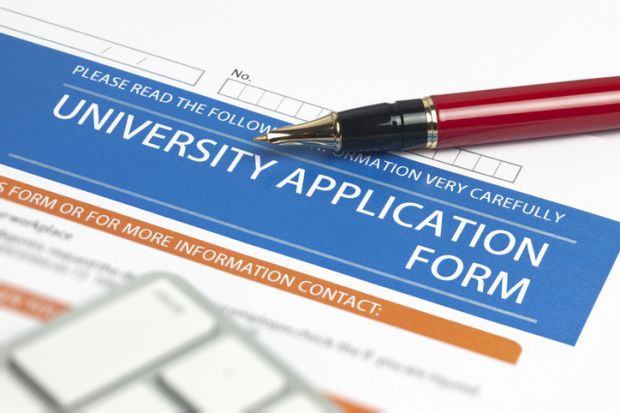The number of applications to the UK’s most selective university courses has fallen by a record amount, figures show.
The “worrying” drop in the number of young people applying to higher education could be a result of the cost-of-living crisis, according to the Association of School and College Leaders.
Students hoping to study at the universities of Oxford and Cambridge, or to pursue medicine, dentistry and veterinary degrees, had until 15 October to submit their applications.
Ucas figures show that 74,090 UK and overseas students applied to these courses for the academic year beginning in autumn 2023 – a 4.8 per cent fall from the high of 77,820 last year.
Although applications are still above pre-pandemic levels, this was the largest decrease since comparable records began in 2006, and the first drop in eight years.
The number of European Union applicants fell for the fourth successive year, with non-EU students now making up a record 81 per cent of non-UK applications.
Within the UK, the number of English applicants dipped slightly, while in Wales the number of students applying declined by 18 per cent – one of the largest decreases of all countries included in the figures.
The number of UK 18-year-olds applying fell by 3.2 per cent, but the figures also show a drop in applicants across all age groups within the home nations.
The figures follow the 2022 admissions round, which was characterised by cautious offer-making, particularly at higher tariff universities, and a drop in the number of students achieving their first-choice place due to a decision by the regulator Ofqual to deflate grades back towards 2019 levels.
“It is worrying to see that the number of UK 18-year-olds applying for the most competitive university courses has fallen at a time when the 18-year-old population is increasing,” said Kevin Gilmartin, post-16 specialist at the Association of School and College Leaders.
“While this may partially reflect measures on grading standards which mean fewer students will achieve top A-level grades next year, it may also reflect the cost-of-living crisis, which is impacting on households, particularly in terms of disadvantaged students.
“These young people do not have families who are able to help out with the cost of going to university, and this is especially so when household finances are under such strain.”
He said the current system of tuition and maintenance loans was not sufficient, but the provision of maintenance grants for disadvantaged young people could help.
The number of disadvantaged UK students applying ahead of the 15 October deadline dropped by 2.6 per cent.
Ucas said this deadline typically represented about 10 per cent of the total number of applicants in a cycle.
“This year is another unique cycle influenced by many external factors as young people consider their choices against a backdrop of rising living costs – something we are monitoring very closely,” said Ucas chief executive Clare Marchant.
“While we saw exceptional growth in the most selective courses during the Covid-19 pandemic, as ambitious students were inspired to study medicine, it is encouraging to see this year’s figures are much higher than pre-pandemic levels.
“Demand for these courses, and for places at Oxford and Cambridge, remains strong, and there will still be stiff competition for places at UK medical schools.”
Looking at countries with at least 100 applicants for 2023, the biggest increases came from Nigeria (up 50 per cent), New Zealand (23 per cent) and Hungary (20 per cent).
By comparison, the largest falls were applicants from Sweden (down 23 per cent), Italy (21 per cent) and Poland (19 per cent).
Register to continue
Why register?
- Registration is free and only takes a moment
- Once registered, you can read 3 articles a month
- Sign up for our newsletter
Subscribe
Or subscribe for unlimited access to:
- Unlimited access to news, views, insights & reviews
- Digital editions
- Digital access to THE’s university and college rankings analysis
Already registered or a current subscriber?








